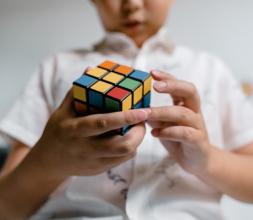
Should we chat?
We’ve been very chatty in recent years; various platforms have enabled many different opinions and points of view to be shared. The same goes for education. After observing the aftermath of the pandemic and the changing educational landscape, it was clear that we needed to do things differently. But we quickly returned to our familiar practices and from there, we were catapulted again; the infamous ChatGPT tool was introduced. And everything changed. Again.










